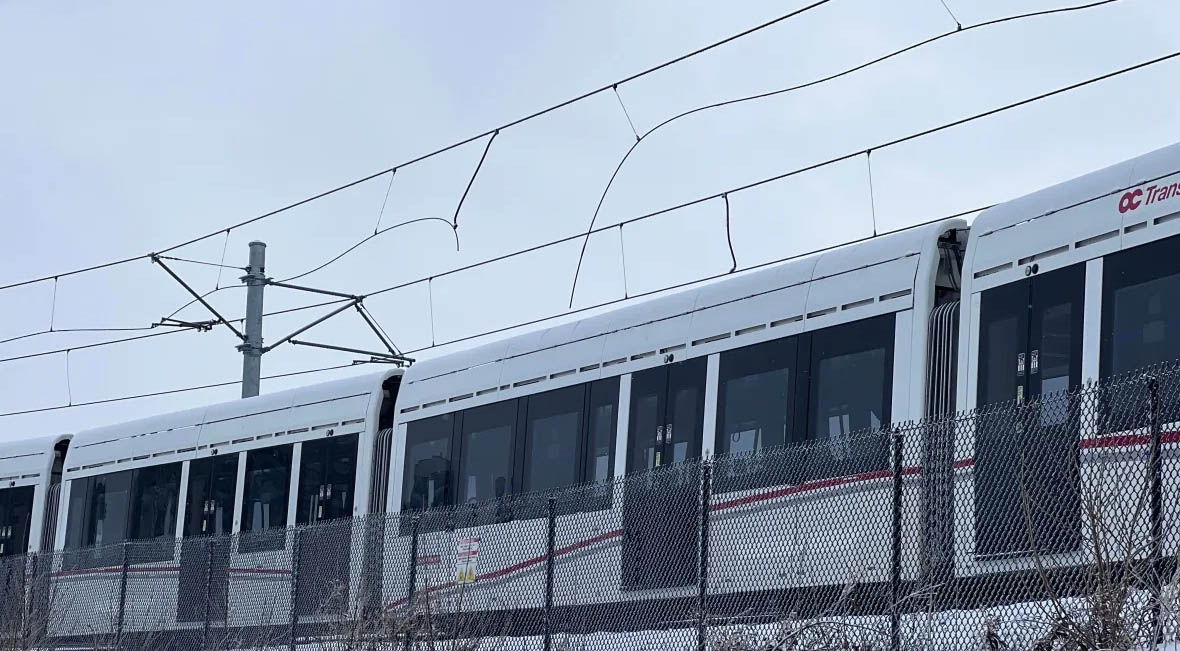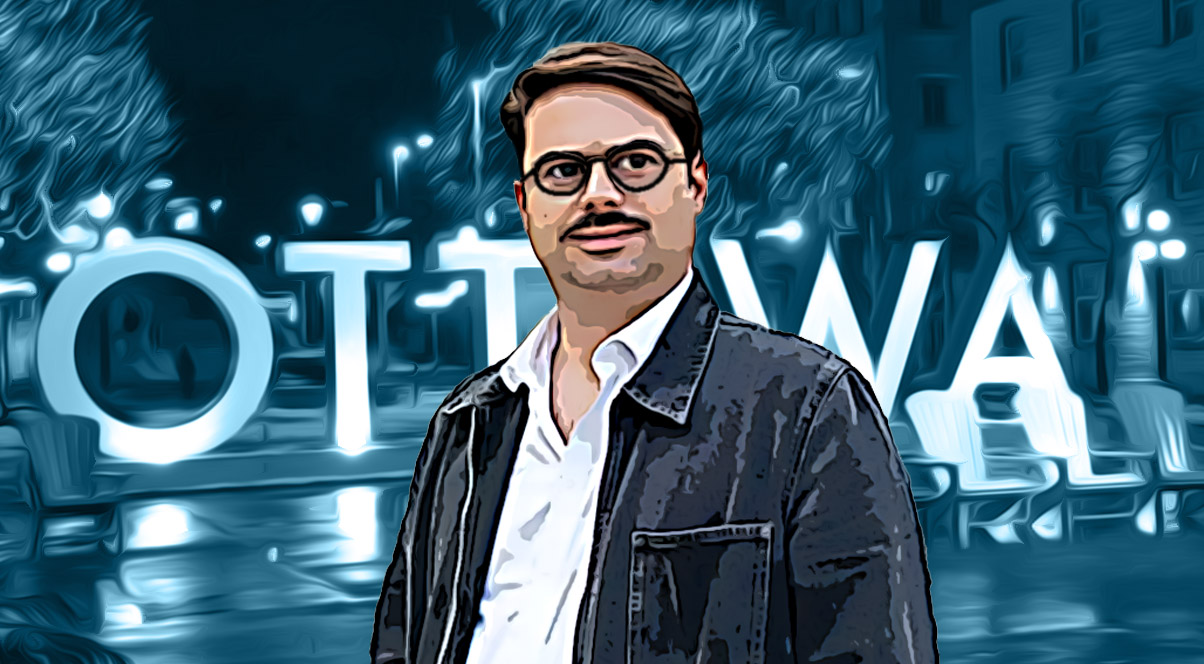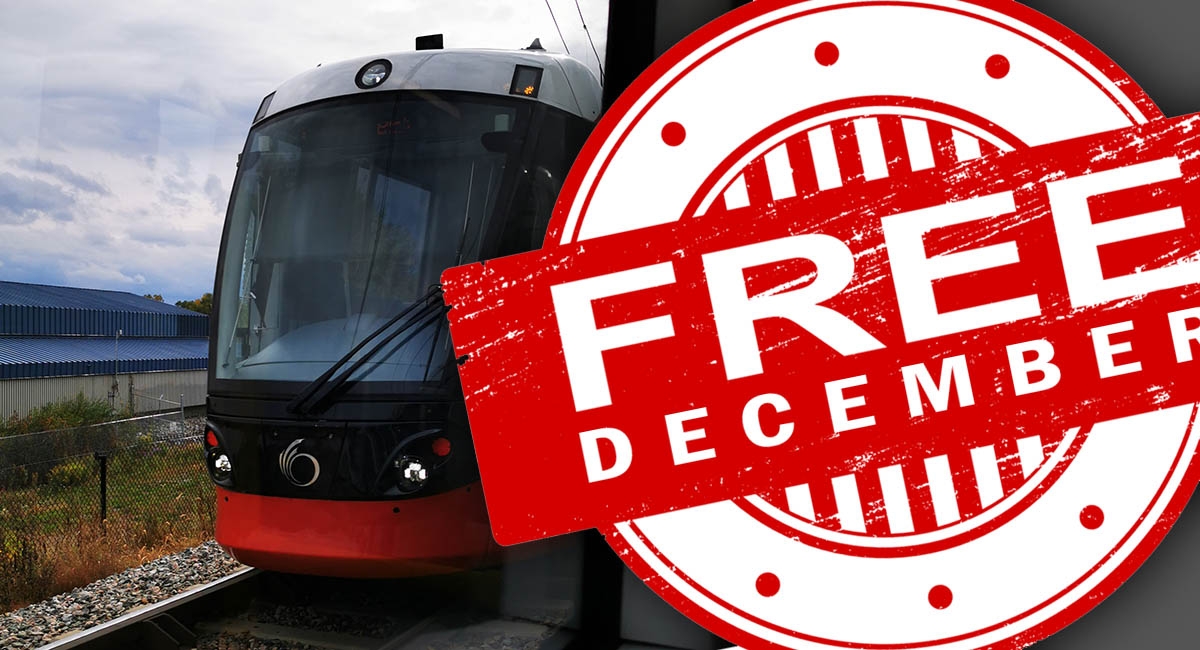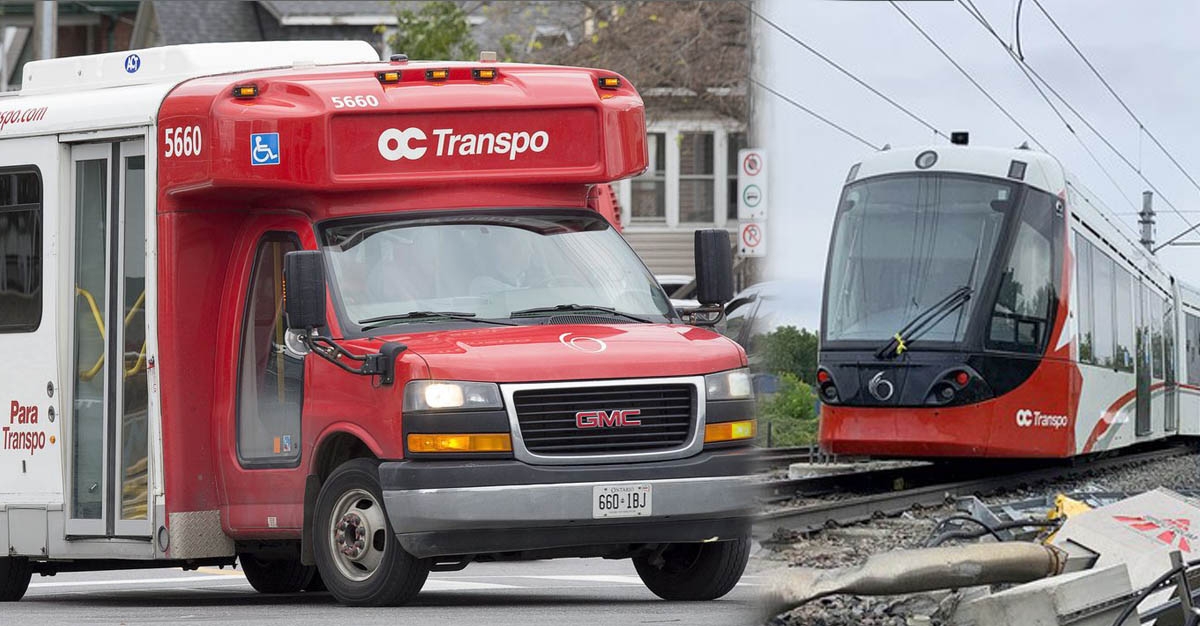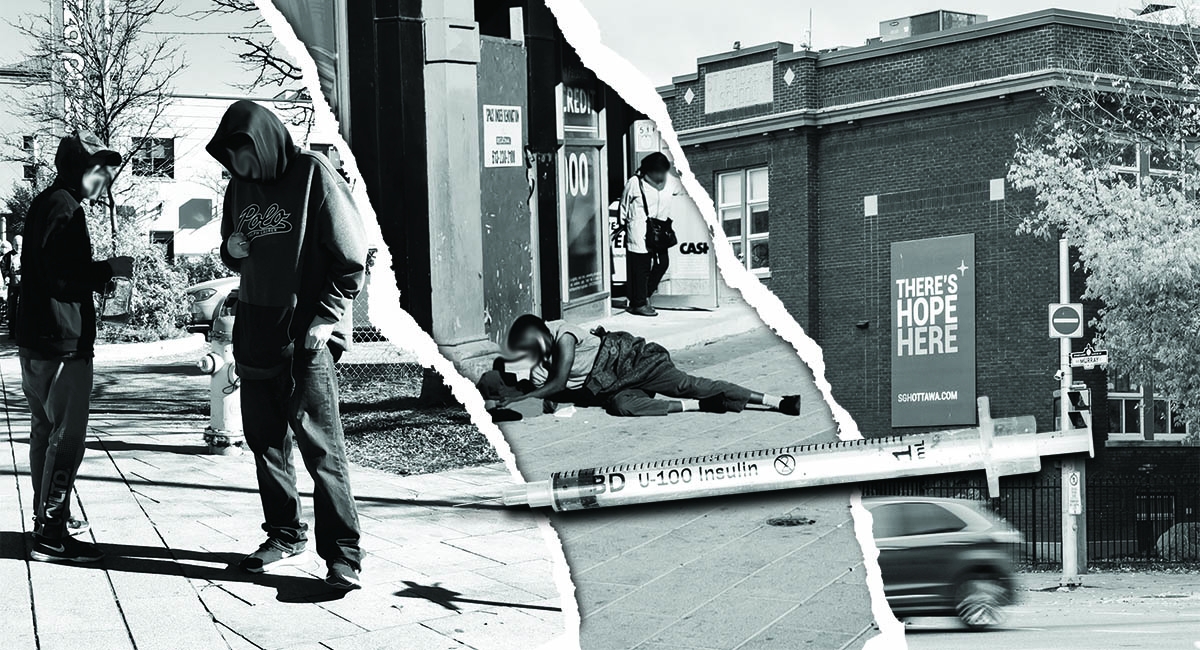
Lowertown be damned — we’re reducing harm!
WARNING: This article contains language and scenes that some readers may find disturbing and offensive. (PHOTO: OLM STAFF)
My cover story in the OLM summer issue was written in support of a fundraiser for the Shepherds of Good Hope that featured Kathleen Edwards. It began with an origin story set in the basement of St. Bridget’s Church on St. Patrick Street, in which, back in the 1970s, cots were first provided for homeless men. Or rather, persons experiencing homelessness, as I was dutifully advised to correct, because language is important and can apparently house people with a mere turn of a phrase. Anyway, what began as a shelter in more innocent times has become a civic calamity. Here’s an excerpt from that article (the Edwards event was a great success, btw):
Ambulances and police arrive at the scene day and night bringing people to the emergency transitional shelter program where staff do triage and intake. David Gourlay is Director of Philanthropy. “We work really hard to dispel stigma. People see police cars and they think, ‘there’s a crime, there’s violence,’ but that’s not what’s happening,” David asserts.
Triage and intake occur 24/7 in order to save lives, and for that, the Shepherds are to be commended. There may or may not also be crime and violence at the corner of Murray and King Edward, but there sure as hell is in the surrounding neighbourhoods.
Before I go any further, I hereby, and for the record, emphatically state that we at OLM steadfastly support safe injection programs and harm reduction, as does the neighbourhood at large. Bear this in mind as you read on; thank you. This is not about persons experiencing homelessness who have been served by shelters in this part of town for more than a century. This is about haphazard mismanagement on multiple levels that has resulted in a very dangerous situation.
It’s been three years since the Lowertown Community Association commissioned a study into the soaring crime rate in the neighbourhood. Graduate students in Criminology at the University of Ottawa spent the summer asking Lowertown residents about their perceptions of the situation. Fifty-three per cent ranked crime and public disorder as the top concerns, with drug use seen as the principal cause. At the time, and remember that, well before Covid lockdowns, crime causing bodily harm was three times higher in Lowertown than in neighbouring communities like Centretown, Sandy Hill, and Vanier. Crimes against property were twice as high. The study found that the ByWard Market specifically saw two and a half times more crime than the rest of Lowertown.
Concerns have skyrocketed with the announcement that the Shepherds of Good Hope plans to construct a mixed-use eight-storey residence that would include a drop-in centre, kitchen and “48 supportive housing units for chronically homeless” Indigenous women. There is no solution in the plan for individuals who avoid the Shepherds’ supervised injection site (SIS) but who do congregate in the neighbourhood seeking dealers and drugs. Therein lies the crux of the problem.
Shepherds President and CEO Deirdre Freiheit was on the defensive last spring in an Ottawa Citizen editorial, publicly pre-empting any opposition campaigns from neighbourhood residences and businesses. “If we don’t build this new facility to help people, the worries of our neighbours in the ByWard Market will only grow,” Freiheit wrote. She offered no evidence to support her claim. The neighbours beg to differ.
Four years ago, Ottawa Inner City Health (OICH) established the SIS at the Shepherds to replace an illegal pop-up in a Lowertown park run by volunteers. At the time, Rideau-Vanier councillor Mathieu Fleury endorsed the SIS and faced plenty of vitriol for demanding that the pop-up be phased out, going so far as to threaten police action. The belief was that the SIS could meet the demand safely and effectively. OICH director Wendy Muckle voiced concern about police harassment of clients, but no concern about drug dealers or related crime in the surrounding neighbourhoods once the floodgates opened.
The Citizen Coalition for Compassionate and Safe Communities is a determined collective of residents and business owners in Lowertown. As they see it, “the main issue is that they [OICH] do not see themselves as part of the broader community but feel that the services they provide to their clients [of whom they regularly refer to as ‘the community’] are urgent and override any externalities that befall the Lowertown/ByWard Market residents and businesses.” As a result, Lowertown has become “ground zero for crime in Ottawa and has been described by health professionals as a ‘psych ward without walls – with unlimited drugs,’” making any expansion completely unacceptable.
One sentence jumps out from the Freiheit Citizen dismissive: “Shepherds of Good Hope and organizations like ours don’t create homelessness [obviously]. We are trying to help reduce it, by meeting people where they are without judgment and moving them into permanent homes.”
To turn your phrase, Mme CEO, Lowertown does not create crime. And it, too is trying to reduce it. It has never been a haven for drug use, any more than the Glebe, Sandy Hill, Vanier, Hintonburg, or any other old neighbourhood in the city. Lowertown has been home to families for its entire history. The Shepherds’ first building was a school, as was the Routhier Community Centre around the corner, appropriated during the height of COVID to allow for more physical distancing for men seeking shelter, and still off limits to the community at large in case it’s called into service again.
Furthermore, you are not, to a large extent, “meeting them where they are,” you are attracting them. People who suffer with addiction issues are not strolling over to the Shepherds from St. Andrew’s Street, or Guigues, or Boteler, where families reside. Your safe injection site is a magnet and will become ever-more magnetic with every storey you build. Many of those tragic lost souls come, in ever-increasing numbers, from across the city and from as far away as North Bay and Sudbury and Iqaluit. I know this because I ask them. Toronto is experiencing an identical situation, with desperate individuals flooding in from surrounding cities where services are not provided.
Dealers signal their presence by placing a bicycle in a certain location, among other variable clues, knowing their victims are hanging around looking for supplies. Users tell those of us who don’t merely “walk to and from work” through the neighbourhood, as do you, Mme CEO, that this is how it works. I repeat: You have created a magnet for drug use and dealers right smack in the middle of Ottawa’s oldest neighbourhood and prime tourist district without anticipating the fallout. That’s a pretty lousy risk analysis. Try to imagine a parallel universe in which the Glebe, or Westboro, or Rockcliffe, or Kanata, or Jim Watson’s Old Ottawa South experienced a sudden spike in crime due to the presence of one of Ontario’s largest injection sites, plus three others only blocks away, plus dealers in plain view.
When confronted with the issue of crime in Lowertown or the eight-storey expansion at the Shepherds, the agency’s response is always the same cut-and-paste sermon. Well, here now is Lowertown’s response: eight stories in a single block. Identities are being protected.
A young woman was accosted in her apartment by a robber who ransacked the place and barricaded her and himself in her bedroom. The assailant was very high and very violent. She was forced to exit onto a very narrow ledge outside the window to scream for help. Neighbours captured video of her in a terrified state as she waited for Ottawa Fire Services to rescue her. Police arrived promptly and apprehended the man when he left the apartment and broke through the front window of an adjacent business. The apartment was left in a shambles, as was the woman’s sense of well-being in her own home.
A couple of doors away, a new coffee take-out recently opened for business. Its proprietor is also a Lowertown resident. He doesn’t dare take his young daughter to the park, which now serves as a toilet and needle disposal, as do ATMs, garages, sidewalks, backyards, alleys, lobbies, the Andrew Fleck Child Care Centre, and pretty much anywhere other than the toilets and safe injection site at the Shepherds.
After months of hard work, the owner hired and trained his first server. Her first Monday on the job alone was going to be his first day off with his family in what seemed like forever. At 8h15, his phone rings. A shirtless man had entered the shop and exposed his junk. When she finally had him removed by the police, she promptly quit, locked up, and never returned. The owner was back on duty by noon and has never hired another employee.
The flasher returned the next day. The owner retrieved his dog from the back of the store, restrained him with a leash, and commanded him to bark to scare the individual from the premises. Not long after, Shepherds outreach workers chastised the owner for traumatizing their client. Here’s the kicker: The serial flasher is known throughout the neighbourhood by his first name. Days later, he treated tourists and families with small children who were enjoying brunch on a Market patio to a XXX show of masturbation. It’s unknown if Shepherds outreach workers scolded the kids for being prudish.
A speciality store reports a litany of criminal incidents. Windows in the rear courtyard are regularly broken as individuals try to enter the business and the apartments upstairs, typically between 22h00 and 4h00. Drug use is common in the concealed space, which is constantly littered with needles. The users don’t want anything to do with shelters, they say. Many don’t, according to the data. The owner has invested thousands in unexpected costs to upgrade the premises with security gates, additional video cameras, and security glass. The building and lot next door have been vacant for years and resemble the aftermath of a bomb blast. Non-emergency police calls are made regularly to deter trespassing, drug use, and defecation on the site, all in plain view of stores, restaurants, and apartments.
Next door, customers of a café tell the owners, whose work day begins at 6h00, that they feel that the Market is dying and that they will only come during daylight hours with their families because it at least feels a little safer. That is until they are verbally abused and intimidated by individuals in a violent, deranged state, who enter yelling obscenities in front of children while grabbing the tip jar. It’s a family-owned and operated business that was closed for months during lockdowns.
Further down the block, a speciality food retailer is robbed regularly by a man who is arrested on every police call, only to be back at it two days later. The owner reports, “this has been a huge frustration for us, the victims of these crimes. The situation has become very disruptive to my business, and I often worry about the safety of my staff and customers. We have encountered countless other situations that are threatening our ability to operate in a safe and productive manner. This includes, among other issues, aggressive panhandling, intoxication, rampant drug sales and use, feces, urine and vomit dumped at the front entrance of my business, broken windows, garbage all over sidewalks and streets, and general mayhem.” This, from a business owner who employs 18 hardworking people and generously donates to shelter programs in the city.
Across the street, a restaurant employs many fine servers who were out of work during months of lockdown. Upon reopening, a man entered while customers were waiting for takeout. He announced he was robbing the place and demanded cash, which is not kept on site. He then reached over the counter and tried to grab beer jugs. An employee grabbed them back, and the man made his way to the patio to demand money from customers. The building has a back gate that is secured with a chain and industrial lock. It was smashed and removed one night. The following day, the owner encountered an intoxicated man smashing the replacement lock with a large rock. The back alley has become a toilet.
One day, the hydro was out. The manager went to the electrical room to investigate. Multiple people were passed out on the floor, surrounded by dozens of needles. They had set up utility shelves, lamps, and used discarded foam as mattresses. They had urinated on the electrical transformers and caused $16,000 in damages. The 911 operator asked the owner to physically examine the individuals to determine if they were still alive. He angrily refused. A newly installed double-bolted door has since been dented by forceful kicks. An upstairs apartment neighbour reports that individuals scale the outer wall to use balconies as injection sites.
Another restaurant sums up the frustration of the entire block. “To be honest, we are completely fed up with the Market altogether. We had our speakers stolen right off the walls last week from our back patio. The gate was locked, so they had to jump the fence. We also had our chalkboard smashed Friday night as well. We’ve been broken into four times. TV stolen. Cash stolen. Liquor stolen. There are no consequences at all; I’m sorry to say that I don’t think it will ever change. We want out of the Market as soon as we can. We’ve had enough.”
You had enough? Here are three more quickies to drive the point home. One resident reports sexual acts regularly take place in the lobby of her apartment, located immediately to the south of the safe injection site. A woman couldn’t enter her office building because a naked man was passed out in the hallway. He had defecated on the floor and was found with a bag full of stolen mail. An elderly woman was punched in the face and her purse stolen by a well-known assailant who was followed to the Shepherds by an outraged bystander while speaking with 911. Everybody knows the puncher. He does it all the time.
Opioids are a group of drugs that include morphine, heroin, oxycontin, codeine, and methadone. They are used for severe pain management, and as a psychoactive substance that produces euphoria. Men are four times more likely to suffer from addictions, die of an overdose, be chronically homeless, or commit suicide. Both the police and the courts recognize that addiction is a traumatic health issue, and not a criminal one. Incarceration for major crimes includes treatment for opioid withdrawal, which is a life-threatening condition.
Here’s the 911. Individuals who arrive at the Shepherds are typically not arrested for possession because that discourages them from using the SIS. Illicit dealing is another matter and is regularly curtailed by police, but there’s an endless supply line entangled in organized crime. Users who acquire safe supply from the SIS are commonly known to sell that supply for cash to buy harder – and unsafe – drugs from dealers, despite the risk of being banned from SIS if caught. Police constantly make arrests for crimes reported by businesses and residents, like those described above, but the court may go with conditional release in 24 hours for minor offences. Individuals without a fixed address are recorded as residing at a shelter. The Shepherds cannot incarcerate people upon their return. A breech of court-ordered conditions results in more severe consequences, but the mental health or desperation of the individual may inhibit judgement. And around and around it goes.
There are success stories. I once interviewed a young man whose chances in life were severely damaged from childhood by a family history of violence and alcohol abuse. He turned to drugs and crime, finally landing before a judge who offered him a choice: court-ordered addiction treatment and rehabilitation, or jail. It was a turning point in his life, and one that he described as the best thing that ever happened to him. Today, he’s sober, working, and living in a nice apartment.
The bottom line for residents is that they are sick and tired of feeling that the threats they face are just not as important as the SIS program and that they need to just suck it up. The Citizen Coalition has a few questions regarding the expansion of services in what is already the greatest concentration of such services anywhere in town, all within walking distance of each other. “There is talk of health care being provided, but no details. Will it provide after care (onsite) for the users of the SIS who visit up to 11 times a day? Who will provide the healthcare? Will it be an extension of the emergency hospital operated out of their present facility? We are so short on details [from OICH], that the only reasonable response comes from our current experience: NO MORE!”
Hyperbole and broken record repetitive-ness are the cause advocate’s weapons of choice; hence, Canada’s interminable ‘Crisis crisis’. There’s the “concussion crisis”, the “ADHD crisis”, and the “White supremacy in veganism crisis” (I couldn’t have made that one up). The Ottawa Humane Society (OHS) recently declared a “rabbit crisis” (as in, ‘they breed like’). They should donate them to a soup kitchen and kill two crises with one stove. And, since a superlative just isn’t what it used to be, OHS recently released this cry for help: “A Crisis in a Crisis in a Crisis”, forewarns that “As of today, there are six dogs, 29 cats and six small animals in need of a temporary home. It’s a crisis.”
Ottawa City Council’s ever-so oft cited “housing crisis and emergency”declaration puts our sweet little burb in the same dire category as post-explosion Beirut, a city of similar size where there are 300,000 “persons experiencing homelessness.” But, by rational comparison, Ottawa has nowhere near a crisis or emergency. Not even remotely close. Anybody who argues that it does needs to travel from first-world privilege to Lebanon to acquire a little perspective.
There hasn’t been an official “crime crisis” declared in Lowertown because cause advocates are mighty adept at suppressing dialogue. That’s the thinking behind the Freiheit PR editorial in the Citizen, and the scolding outreach workers, politicians and activists who tell us that we all need to be part of the solution. No, we don’t. This is not our field of expertise; it’s yours.
- Rideau-Vanier councillor Mathieu Fleury is pushing the City to adopt three urgent measures:
- 24/7 on-the-ground City presence: coordinating outreach services and mental health responses, integrating urgent housing response to encampments, responding to drug dealing and drug use in the community, organizing needle hunters, and integrating the Ottawa Police Neighbourhood Resource Team.
- Doubling of funding for the Safe Supply program. A program that went from a pilot of 25 users to now 355 has shown its success, but the need is much greater. The focus should be to ensure that everyone has a safe supply. Safe supply removes many of the drug use impacts in our community. A clean prescribed drug means no need to commit petty crime to pay for illicit drugs, no need to access from dealers, and reduces the sometimes-deadly effects of these illicit drugs.
- Investments in permanent housing, including flooding the City, and every community with affordable housing investments under the Housing First and Supportive Housing models. This includes rethinking the old model, close temporary shelters by attrition, and open doors to homes.
- Fleury has called on concerned parties to bring pressure to bear on all stakeholders, including his fellow councillors. Well, here’s pressure for you. Lowertown has just declared a crisis!
The Citizen Coalition for Compassionate and Safe Communities has brought the matter of the Shepherds’ eight-storey expansion up with the Ontario Lands Tribunal, blaming “the City of Ottawa for outsourcing their responsibility for the mental health and social welfare of citizens to organizations that are incapable and unwilling to see problems beyond their property lines. We are repeatedly told that whatever happens off their properties is not their problem. The CEOs of these orgs are highly paid [see sunshine list] to deflect complaints away from the Mayor and the City and scold and condescend to neighbours who worry about the safety of their homes and their children. We know of no publicly available independent audit of the value for money related to the $9 million+ tax dollars that are spent on these services.”
FYI There are three other shelters who receive city funds and who have staff doing redundant work among them at executive-level pay grades. If one CEO can oversee Shopify, its 7000+ employees, US$7.76 billion (2020) in assets, and over a million international clients, then one CEO can lead The Shepherds, The Salvation Army, The Ottawa Mission, and Cornerstone combined. A single agency and executive administration for all four shelters would free up millions of dollars for front-line services and programs. Don’t hold your breath waiting for a merger. There’ll be some excuse.
Mme CEO, Ottawa City Council, Ottawa Inner City Health, you are responsible for a very, very serious situation, and the collateral damage to the community at large must finally be factored into your strategy. Your work in harm reduction is noble and courageous, but it’s very difficult to feel compassionate at knife point, so if you’re in the business of harm reduction, then please reduce it. Do not continue to transfer it with myopic, half-assed solutions. Reduce the harm to the elderly woman who was punched in the face. Reduce the harm to the woman who had to be rescued from a ledge. Reduce the harm to the woman who hides a baseball bat in her boutique. People just want to open their shops, employ their staff, welcome tourists, and enjoy their neighbourhood.
Perhaps money talks. Tour groups are cancelling visits. Buses that used to drop off groups of 50 for overnight stays are now skipping Ottawa. Tripadvisor reviews are getting worse. Lonely Planet recommends avoiding the ByWard Market. It’s no surprise. During Canada 150, some American tourists asked me if there were any parts of town that they should avoid. At the time, I smugly thought, in that oh-so-Canadian way, that this was an American view of cities and that we had somehow done better. Apparently, I was wrong.
Michael Bussière was born in Lowertown. His grandparents owned the Windsor Smoke Shop on the corner of Rideau and Dalhousie Streets in the 1930s and 40s. His dad was a police officer, and his parish priest was Fr. Jack Heffernan, who started the Shepherds of Good Hope as a humble shelter and soup kitchen in the basement of St. Bridget’s Church with the support of neighbours.

